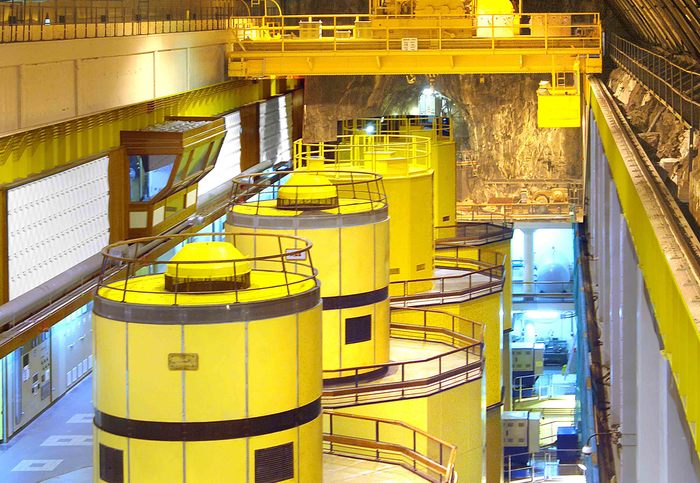Energy storage reform needed to meet net-zero: new report

Vital electricity storage capacity needed to help the UK meet its net-zero target should be supported by an innovative funding mechanism, new research has found.
Long-duration storage means electricity produced by renewables such as wind farms can be stored for use when it is needed by consumers.
It will increasingly be needed as the UK transitions to a low-carbon energy system based on renewable power rather than burning fossil fuels.
A new study by Scottish Renewables, the British Hydropower Association and five leading hydropower developers recommends introducing a ‘price floor’ to allow more long-duration storage projects, including pumped-storage hydropower, to be built.
Cara Dalziel, Policy Manager at Scottish Renewables, said:
“Phasing out fossil fuel electricity generation is essential if we are to have any chance of tackling climate change. It is no secret that wind turbines only generate power when the wind is blowing and that solar only works in daylight, so new types of flexibility are going to be required as we increase the amount of variable renewable electricity generation on the grid.
“There is no silver bullet here: everything needs to be on the table. While batteries provide tremendous flexibility over short time periods, we also need to be able to store large amounts of electricity for hours and even days.
“Pumped storage hydropower is a mature and trusted technology which is available now and gives us the ability to do that, but the current, fragmented design of the electricity market does not offer sufficient confidence to investors.
“A new price stabilisation mechanism is needed, and this report sets out that a new market to derive an income floor for the provision of long duration flexibility services should fill the gap.”
The report, launched today (March 24) at Scottish Renewables’ Annual Conference, was produced ahead of a refresh of a Smart Systems and Flexibility Plan by the UK Government’s Department of Business, Energy and Industrial Strategy and energy market regulator Ofgem.
It was funded by Scottish Renewables, the British Hydropower Association [BHA], Buccleuch, CCSQ, Drax Group, Intelligent Land Investments Group and SSE Renewables.
British Hydropower Association Chief Executive Simon Hamlyn said:
“The publication of this report demonstrates just how important pumped storage hydro is to the UK energy mix. Securing flexibility to achieve a net-zero future is critical, especially as we move out of the Covid pandemic, when large infrastructure projects such as pumped storage hydro are desperately needed.
“Not only will these projects deliver thousands of very-much-needed jobs, often in rural local communities with associated local supply chains, but they will also help support the government’s ambition to ‘level up the country’.
“Ultimately this is a major opportunity for government to grasp the pumped storage message and help deliver new jobs, new infrastructure opportunity, ensure future flexibility and reduce consumer bills.”
Electricity market changes needed to meet net-zero could raise consumer bills if long-duration storage options are not properly delivered, according to report authors Riverswan Energy Advisory.
In the report, titled Filling the flexibility gap, they write:
“Future electricity markets should enable the timely introduction of new flexibility resources and the exit of fossil fuelled generation. An efficient future electricity market will need to attract all the necessary resources for continuous stable operation. These will include resources for flexibility, inertia, frequency response, reserve, voltage support and system restoration to displace those currently provided by fossil-fuel generators.
“The optimum replacement for these resources appears to be long duration low-carbon synchronous generation or storage. This can be provided by several technologies including pumped storage hydro, liquid/compressed air, power generation with Carbon Capture Utilisation and Storage and hydrogen. If this is not enabled by electricity market price signals, then the total costs of the electricity customers will be higher than necessary.”
This publication follows the recent release of a separate report by Imperial College Consultants, commissioned by SSE Renewables, which showed that building 4.5GW of new pumped storage would save the UK a total of £690 million a year by 2050.
The new report can be downloaded from Scottish Renewables’ website.